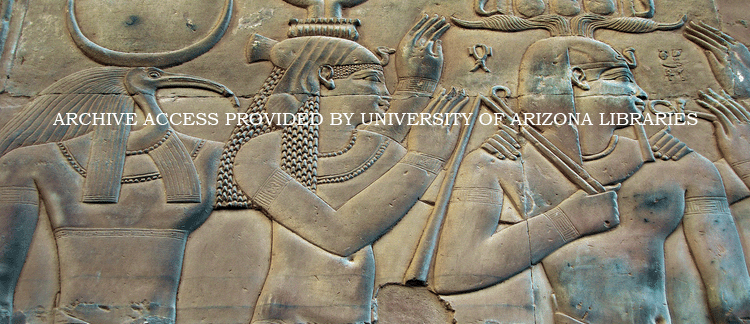Abstract
The concepts of purity and pollution were central to the maintenance of social boundaries in ancient Egyptian culture. Anthropological approaches, in particular the work of Mary Douglas, are useful in examining their impact on social structure and individual lived experience. Cleanliness and dirtiness were represented as defining characteristics of the ancient Egyptian elite and lower class. Dirty laborers were compared to animals, reinforcing the perception of the existing social order as natural. Even the process of cleaning itself could be presented as potentially polluting, when enacted by the lower class. The control of space and the body according to purity requirements were used to enforce social boundaries and restrict access. In the Middle Kingdom in particular, the introduction of literature, and innovations in iconography and scene-types depicted in tomb chapel decoration and tomb models may indicate new developments in society. Fear of pollution is particularly evident in the literary theme of “the reversal of order,” a nightmare vision of a world upturned, primarily the inversion of social status.
How to Cite
Maitland, M., (2018) “Dirt, Purity, and Spatial Control: Anthropological Perspectives on Ancient Egyptian Society and Culture during the Middle Kingdom”, Journal of Ancient Egyptian Interconnections 17(1), 47-72.
875
Views
748
Downloads
